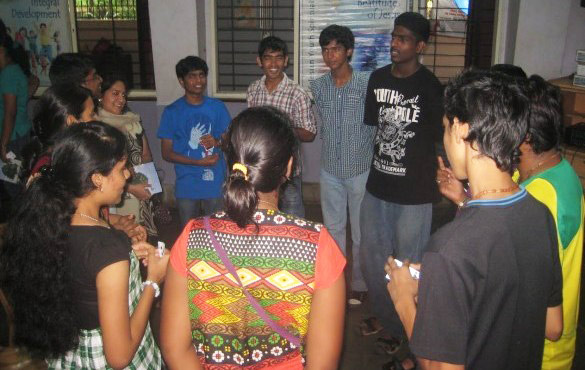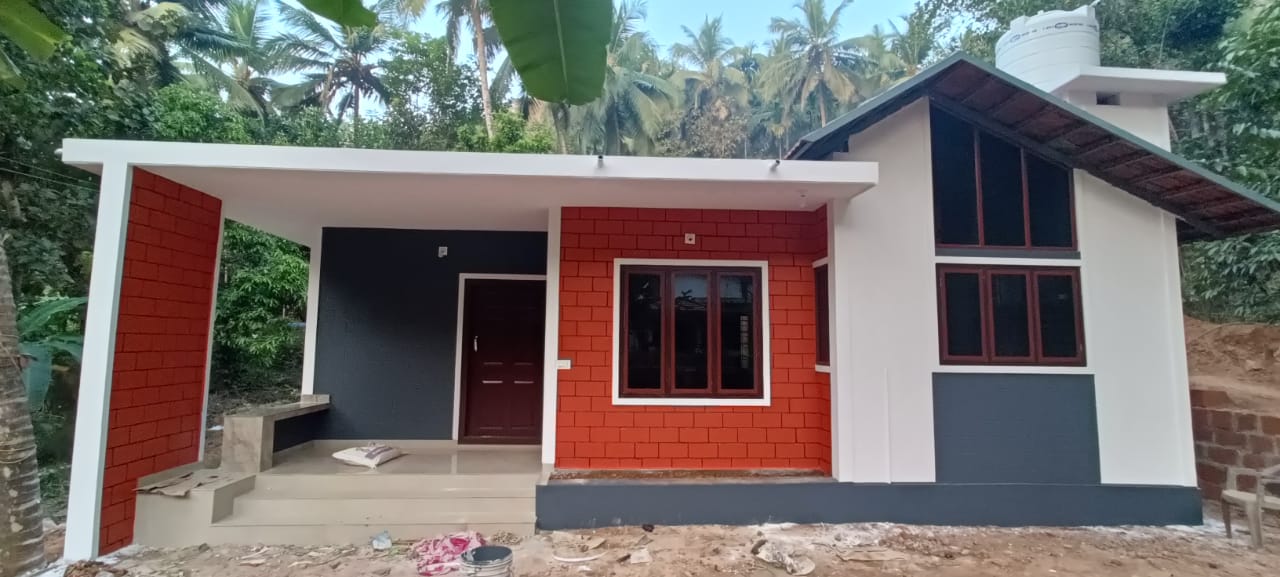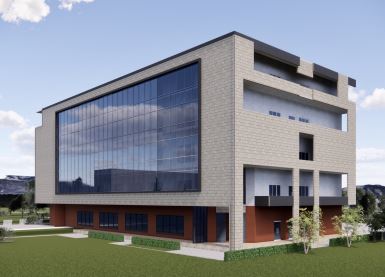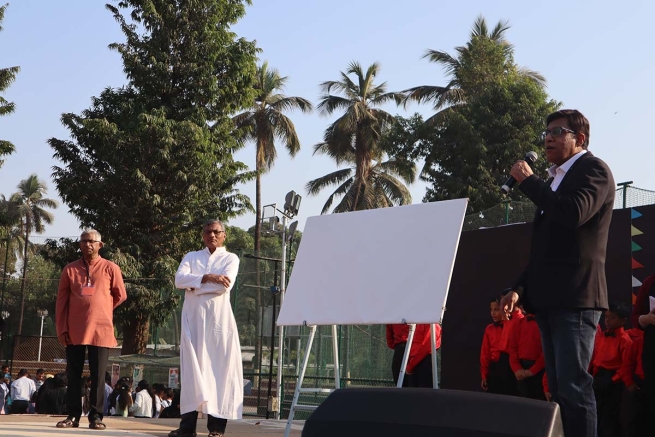INDIA: Salesian Human Rights Clubs Impact 32,420 Students across Two of India’s States

(MissionNewswire) In February, a national convention of Salesian human rights clubs (also known as child rights clubs) was held in Hyderabad, the capital city of southern India’s Telangana state. Organized by the Salesian-run People’s Action for Rural Awakening (PARA), human rights club representatives from Salesian programs in the states of Andhra Pradesh and Telangana came together to elect leaders for state-level human rights committees and discuss human rights issues in India.
PARA has set up 759 human rights clubs in 587 schools impacting 32,420 students in the two states of Andhra Pradesh and Telangana. Human rights clubs are part of PARA’s Human Rights Education Program that is carried out in cooperation with the United Nations sponsored Institute of Human Rights Education.
“Youth in every region and in every culture around the globe are entitled to basic human rights,” says Father Mark Hyde, executive director of Salesian Missions, the U.S. development arm of the Salesians of Don Bosco. “Through educational programming, Salesian missionaries fight tirelessly each day to make sure the voices of marginalized youth are heard. Human rights clubs help to enhance this work and make sure every child knows his or her human rights and is able to become a part of the development process.”
Youth in India, especially those living in poverty, are faced with child abuse, neglect, exploitation and forced child labor at an alarming rate, according to UNICEF. India has the largest number of child laborers under the age of 14 in the world and many are forced into dangerous occupations and live on the streets. In 2010, India passed a landmark law mandating that all children between the ages of 6 and 14 be in school, but according to UNICEF, millions of children remain in the workforce. Full implementation of the law was to go into effect in 2013, but child workers can still be found in almost every industry in India. The problem is enforcing the law, particularly in high poverty regions of the country.
UNICEF also notes that millions of girls in India face discrimination, exploitation and sexual and physical abuse because of their age and their gender. A UNICEF report, “Hidden in Plain Sight 2014”, details the incidence and prevalence of interpersonal violence against children and highlights global figures and data from 190 countries. The UNICEF report notes that violence against children is often so prevalent and deeply ingrained in societies that it can go unseen and is many times accepted as the norm.
Because physical and sexual violence is hidden from public view and tolerated in some societies, it is challenging to gather true statistical data on the magnitude of the problem. In India, a total of 48,338 child rape cases were recorded from 2001 to 2011 but researchers are aware that many more cases go unreported. Fear of social stigma and further victimization often stop children and their families from reporting these crimes.
With more than 400 million poor people, or one-third of the world’s poor, according to UNICEF, ensuring youth have access to education in order for them to find stable employment at the appropriate age and break the cycle of poverty, is a priority in the country. Although more than 53 million people escaped poverty between 2005 and 2010, most remain vulnerable to falling back below the poverty line.
The goal of PARA’s human rights clubs is to ensure that youth are aware of their basic human rights as well as the resources available for prevention and ongoing support. PARA’s advocacy efforts with the government have resulted in more than 167,000 government teachers trained in human rights education. In addition, human rights lessons have been added to mainstream state school text books. Human rights clubs tackle issues relating to child marriage, sexual assault and exploitation, child labor, school dropout rates and the rights to nutrition, clean water and sanitation and adequate infrastructure for home and school.
###
Sources:
Don Bosco India – National Convention of Human Rights Clubs in Schools
Salesian Missions – India




